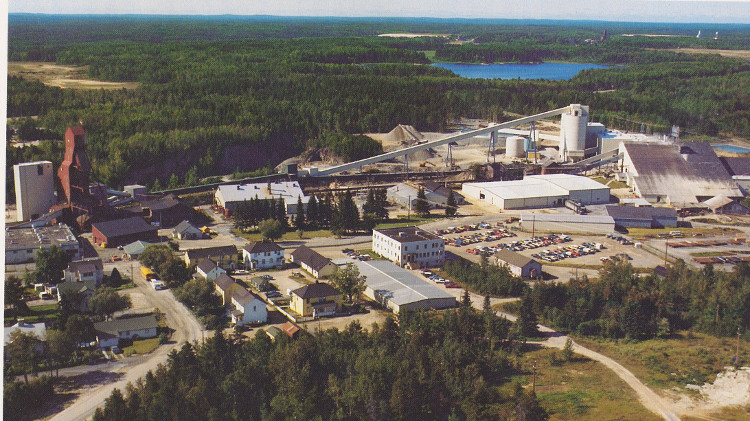Canada’s resource and industrial ambitions are bold—but our ability to deliver on them is being undercut by something less visible: a broken approach to project approvals.
Whether it’s critical mineral extraction, carbon capture or clean energy infrastructure, the demand for project execution has never been higher. But from a management perspective, the real risk is not regulatory burden—it’s the outdated systems we’re relying on to coordinate decisions, gather feedback and move projects forward.
Canada has some of the longest project approval timelines in the G7. The World Bank reports that our processes often take nearly twice as long as those in the United States or Australia. For leaders managing major capital projects or overseeing portfolios of development assets, this delay erodes value, investor confidence and stakeholder trust.
The root issue? Our regulatory review processes are still built on fragmented workflows—static PDFs, isolated spreadsheets, redundant forms and email chains that stretch for months. Proponents must repeatedly submit the same information to siloed bodies that rarely align. There is no unified platform for collaboration, no real-time visibility into timelines or technical updates, and no shared space for regulators, communities and Indigenous nations to engage meaningfully throughout the process.
These are not minor inefficiencies. They introduce operational drag at every level—slowing decisions, inflating costs and weakening relationships with the very stakeholders whose support is essential.
This doesn’t mean regulation is the problem. Canada’s rigorous environmental and community review standards are a strength. But as managers and decision makers, we must recognize that good oversight depends on modern systems. Without the right tools, even the best policy intentions get lost in administrative inertia.
Globally, our peers are adapting. The United States is integrating digital tools into federal permitting reforms. Australia and the U.K. are using real-time platforms to accelerate reviews while improving transparency. These jurisdictions understand what Canada must now embrace: the future of project delivery depends on the modernization of project governance.
The irony is that Canada already has access to the technology required to fix this. Canadian innovators have developed secure, collaborative platforms that centralize project data, streamline regulatory workflows and offer role-based access to ensure engagement is inclusive, timely and accountable.
These tools are already being used to transform, as seen by project whose environmental assessment registration with the Province of Newfoundland and Labrador was approved with conditions in just 52 days. A digital version of the registration is now used to support a permitting process where all participants—from technical experts to community representatives—can see the same up-to-date information, understand up-to-date timelines and contribute meaningfully at every stage. Imagine compressing months of back-and-forth correspondence into days, without sacrificing quality or accountability.
By modernizing our systems, we can build not just faster but better. Transparent, efficient processes reduce uncertainty for investors and provide clearer pathways for Indigenous participation and benefits. They create public confidence that decisions are being made with integrity and efficiency.
From a management lens, the call to “cut red tape” often misses the mark. What’s truly needed is systems change. We need smarter workflows, integrated data environments and better tools for engagement. We need permitting processes that are auditable, collaborative and efficient by design. This shift won’t just shorten timelines—it will reduce risk, improve outcomes and restore trust in how we build.
What’s needed now is broader adoption—and leadership across both industry and to champion it. Hesitation to adopt the use of newer technologies exists for reasons such as simple operational inertia to a resistance to changing well-known business revenue models.
To date, many Canadian professional service providers have sought cost efficiencies by outsourcing the use of familiar technologies to support project development, such as desktop GIS, to lower-cost providers in India and other countries. This approach is certainly not going to improve our ability to move faster and fails to establish valuable made-in-Canada solutions that address causes of delay through the innovative use of technology. In turn, these solutions can be provided as wealth generating products to other markets experiencing similar problems, further increasing Canada’s international competitiveness.
Governments must promote a willingness to accept new solutions as part of the regulatory process and industry, including project proponents and service providers, needs to increase its productivity by being open to using new innovative Canadian products.
The implications are clear: Canada says it wants to lead in critical minerals, hydrogen, advanced manufacturing and clean infrastructure. But no amount of capital or ambition will succeed unless we fix the foundations of project approval.
The opportunity is right in front of us. We just have to choose to manage it better.
Corey Tucker is the president of ICI Innovations, a Canadian firm supporting regional and national project development across energy, infrastructure and clean technology.




